Chinese archaeologists began a new round of excavation work in July on Mo'er Temple ruins, a Buddhist site, in Kashgar Prefecture, northwest China's Xinjiang Uygur Autonomous Region.
This is the fourth consecutive year that China has carried out archaeological excavation at the Buddhist site built around the third century AD and this year's excavation will cover a total area of 500 square meters, according to a joint archaeological team of the Minzu University of China and the regional institute of cultural relics and archaeology in Xinjiang.
The Mo'er Temple site is located about 30 km northeast of Kashgar, with two earthen buildings standing on the desolate Gobi Desert. Eroded by wind and rain, the residual heights of both buildings are about 12 meters.
Upon approval by the National Cultural Heritage Administration, a team of archaeologists led by Xiao Xiaoyong, a professor from the Minzhu University of China, began to excavate the site in 2019.
"Among the unearthed Buddha statues, there are giant ones larger than real people and small statues of tens of centimeters," Xiao said, adding that in the past three years, more than 10,000 pieces of pottery, stone, wood, bone, coins and Buddha plaster statues have been found at the site.
Xiao noted that Kashgar is one of the areas where Buddhism was first introduced to China, and it has a significant influence on the history of Buddhism in Xinjiang and the rest of China.








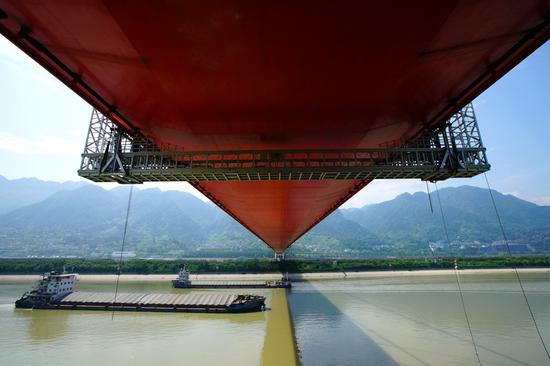
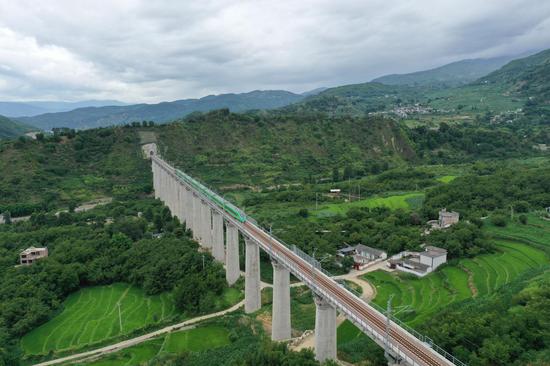
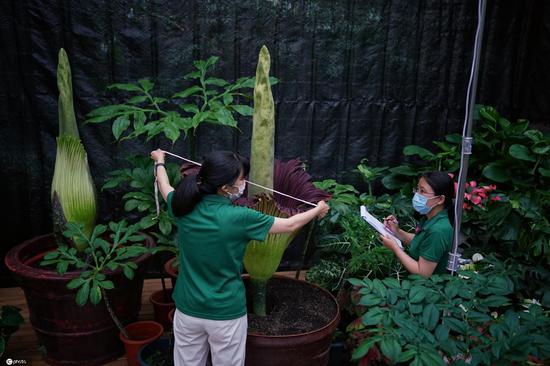

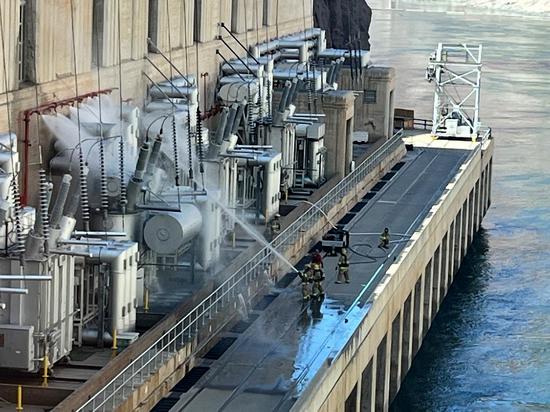










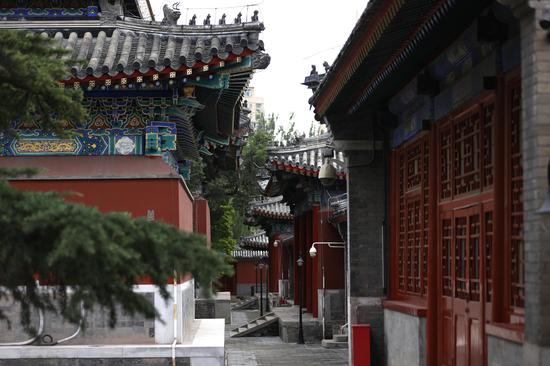





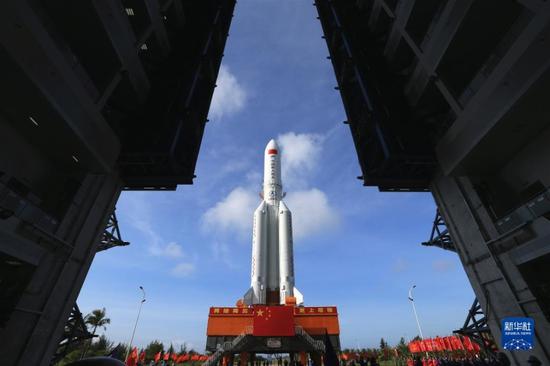
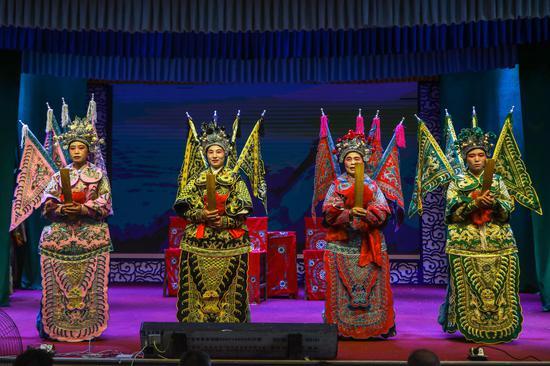
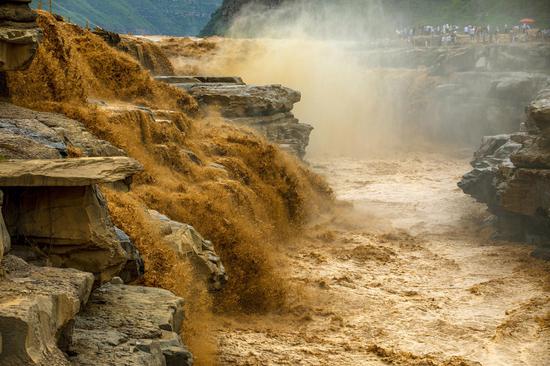


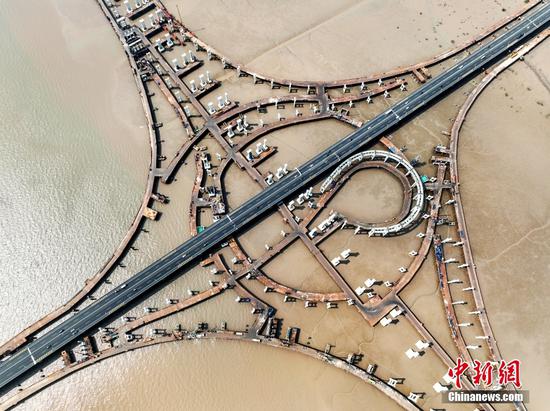
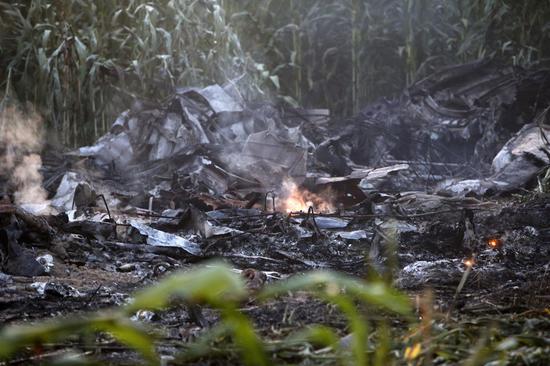
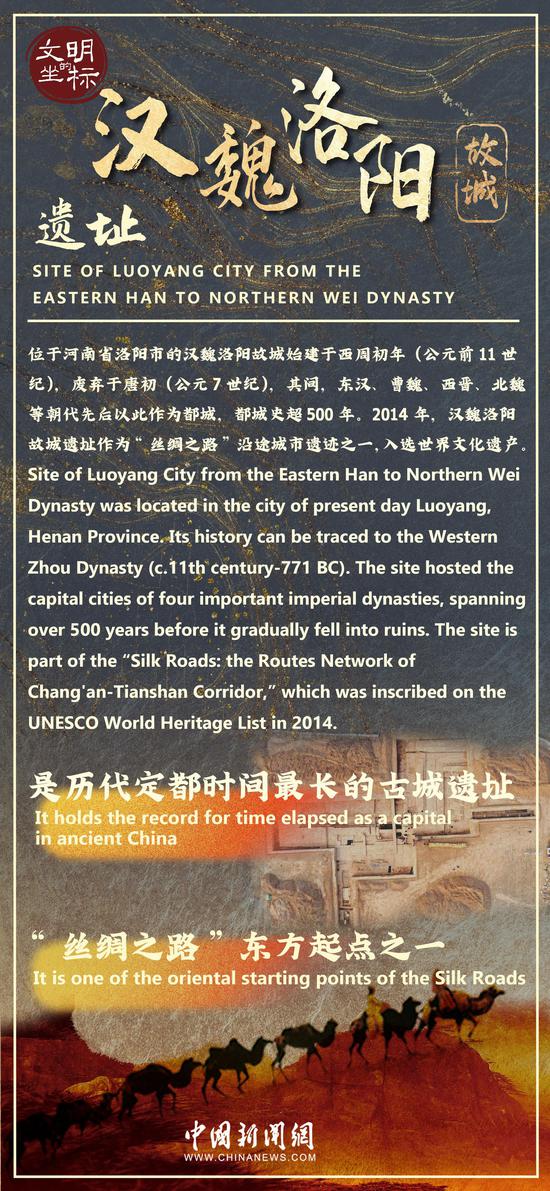


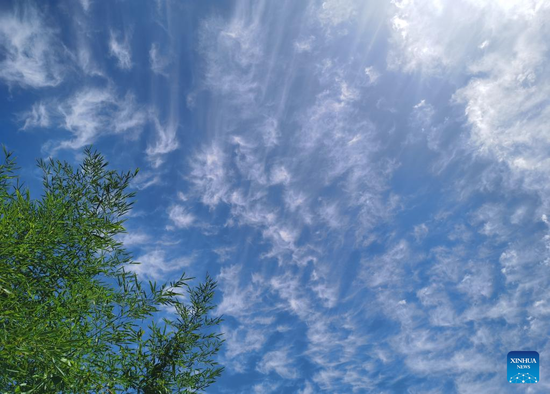

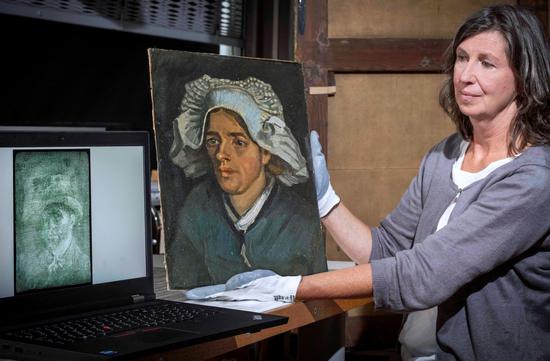

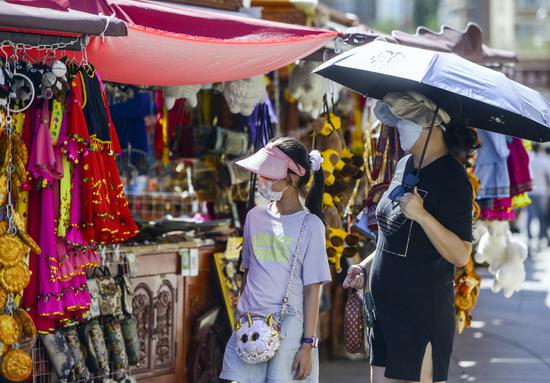






 京公网安备 11010202009201号
京公网安备 11010202009201号